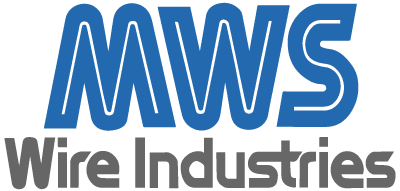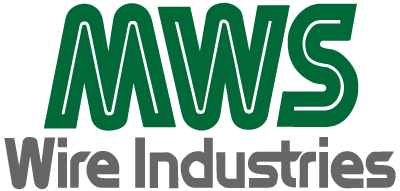Environmentally Focused
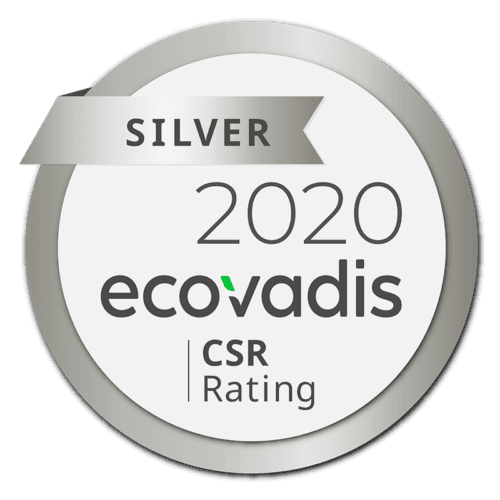 Since its founding in 1968, MWS Wire has sought to expand resource conservation, recycling and reuse. In the formative years these efforts included recycling and reuse of spools and packaging, a process that has since been improved and enhanced with current goals to make this business process even more effective in the future.
Since its founding in 1968, MWS Wire has sought to expand resource conservation, recycling and reuse. In the formative years these efforts included recycling and reuse of spools and packaging, a process that has since been improved and enhanced with current goals to make this business process even more effective in the future.
In recent years major projects included installation of high efficiency pollution control equipment, investment in a 155 kW photovoltaic electrical generation plant and replacement of facility lighting with energy efficient lamps, ballasts and sensors.

Packaging
- Purchased shipping cartons contain up to 30% recycled material.
- All paper, cardboard, plastic and metallic waste is reused or recycled.
- Loose fill packaging material used in the shipping department is non-toxic, biodegradable and readily dissolves in water.
- Wire spools and reels are reused by MWS or returned to our suppliers for reuse. Our customers are encouraged to join this conservation effort.
Energy Consumption
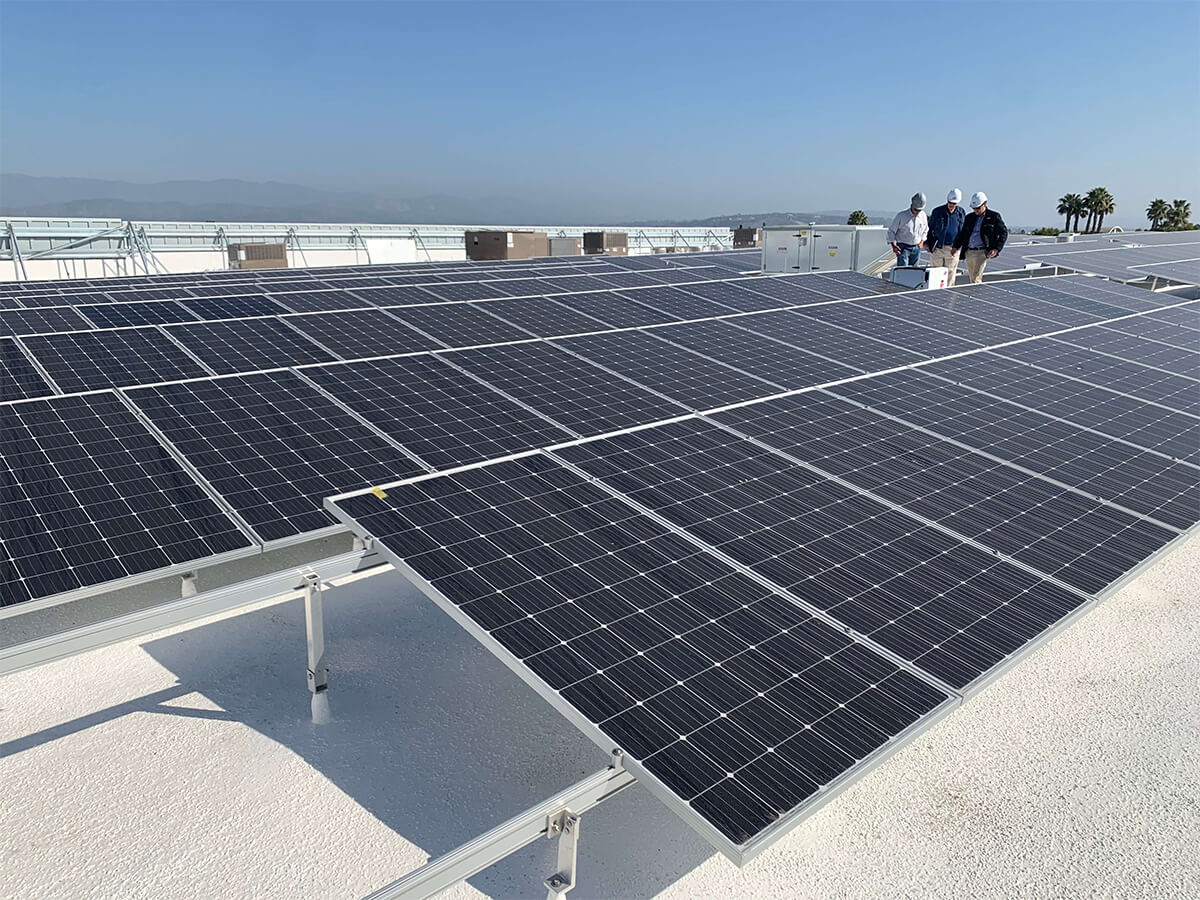
In May 2020 MWS celebrates 13 years of clean electrical power. The new state-of-the-art Oxnard facility features a 274 kW photovoltaic solar generating system that includes 753 modules and 5 inverters installed by Sun Green Systems.
This is an improvement over the Westlake facility’s 155 kW PV system installed in 2007. The new system in Oxnard is engineered to provide green energy for more than half of MWS’ operational needs as well as feeding back into the system on off days.
- Through January 2020 more than 3000 MW-hours of clean power have been generated.
- MWS Wire has been an EPA Green Power Partner in recognition of its conservation and clean power generation.
2021 Environmental Goals
1. Return 18,000 pounds of packaging for reuse. Continue to refurbish and reuse spools for internal use.
2020 UPDATE: Returned 11,081 pounds of packaging for reuse.
2. Develop 1-2 partnerships to return packaging and increase gross weight returned and kept out of landfills.
2020 UPDATE: 8 customers participated and returned 764 pounds.
3. Maintain carbon footprint levels as company grows. Develop methodology for Oxnard calculation.
2020 UPDATE: 3.1 tons/employee, 179 tons total
4. Decrease paperwork consumption per employee.
2020 UPDATE: 4.22 reems per employee.
5. New Goal: Begin communication strategy and plan for environmental goals to employees.
Historic Environmental Goals
1. Return 16,000 pounds of packaging for reuse. Continue to refurbish and reuse spools for internal use. Recycle 100% of broken or unusable spools.
2019 UPDATE: Returned 17,893 pounds of packaging for reuse.
2018 UPDATE: Surpassed our goal of returning 16,000 pounds of packaging for reuse.
2017 UPDATE: Spool and reel return and reuse. MWS has developed systems to continue to reuse, return, or recycle every spool and reel used internally.
2016 UPDATE: Over 8 tons of spools and packaging were returned to vendors for reuse. Additionally, nearly another ton of spool and reels are refurbished to be reused in the winding and manufacturing departments. 2015 UPDATE: MWS identified the streams of spools and reels used internally. Processes were enacted to ensure no internally used spools or reels end up in landfills. Tens of thousands of pounds of packaging was returned, reused, or recycled. Additionally, MWS has a growing list of environmentally conscious customers who return packaging for reuse.
2014 UPDATE: Through personal and written communication to our customers MWS continues to promote returning spools to be reused /recycled. As a result, approximately 20,000 lbs. of spools, reels and packaging were recycled or reused in 2014.
2. Develop 1-2 additional partnerships to return packaging and increase gross weight returned and kept out of landfills.
2019 UPDATE: 7 customers participated and returned 674 pounds.
2018 UPDATE: Zero new additional partnerships in packaging industry.
2017 UPDATE: Multi-Use Packaging. Work with 1-2 selected customers to develop multiple use shipping containers to replace single use boxes.
2016 UPDATE: 1 customer agreed to try the packaging system and gave positive feedback. It has been used several times and returned.
2015 UPDATE: Warehouse Manager, Carlton Sessing, developed and fabricated a sturdy and reusable packaging system. In addition to providing superior protection in transit, the new system withstood multiple travels in testing. This system works great for high volume orders which use 32 or more 2.5 inch spools.
2014 UPDATE: Pilot project initiated in 2013 resulted in packaging design and production cost quotation, but customer operations moved to Central America, making freight costs for packaging return unfeasible. MWS continues to seek a willing partner to launch this cost saving project.
3. Maintain carbon footprint levels as company grows.
2019 UPDATE: 2.6 tons/employee, 142 tons total
2018 UPDATE: Maintain carbon footprint levels as company grows.
2017 UPDATE: Internally track effort to reduce carbon emissions in proportion to emissions per employee.
2016 UPDATE: 2.2 metric tons/employee
The baseline in 2012 was 2.2 metric tons per employee which followed to 2.3 metric tons in 2013, 2.3 in 2014, 2.5 in 2015.
4. Identify additional processes to reduce paperwork consumption with ERP implementation. Track paper consumption year to year.
2019 UPDATE: Baseline established at 28 cases used.
2018 UPDATE: A number of process changes eliminated or streamlined paperwork with ERP implementation. However, slight uptick in paperwork usage in learning curve of new system.
2017 UPDATE: Identify additional processes to reduce paper consumption
2016 UPDATE: MWS changed two reports from printouts to emailed spreadsheets in the Accounting Department. The QA lab also changed the way they are storing lab report copies to eliminate redundant copies. In total 2016 saw the reduction of paperwork in three processes. Those changes result in around 600 pages per month in paperwork reduction. This came on the heels of 5 varied process changes that saw substantial paperwork reductions in previous years.
